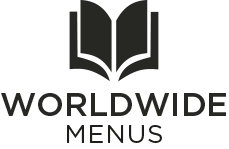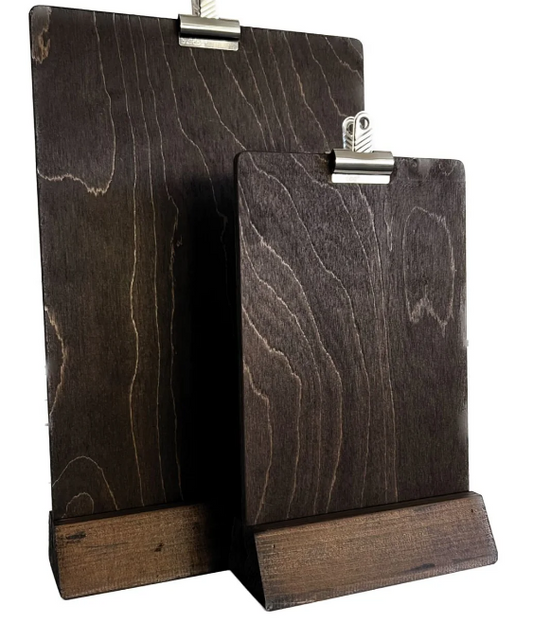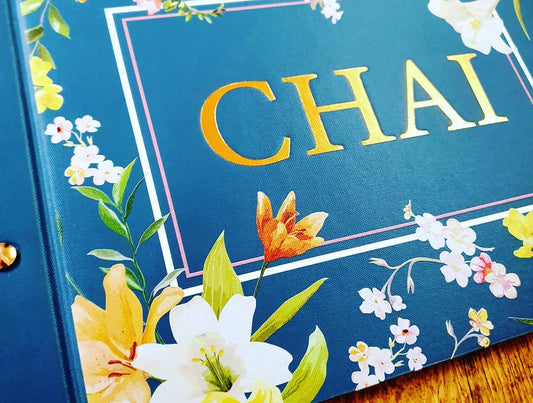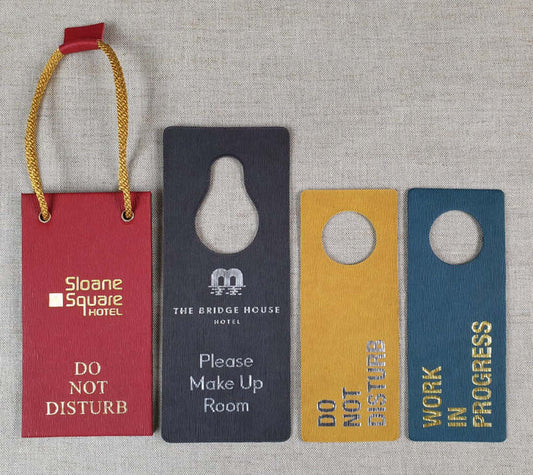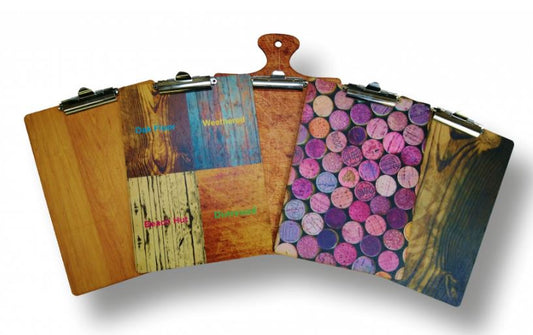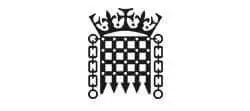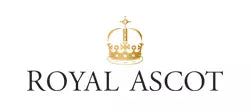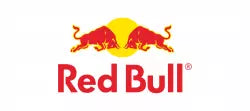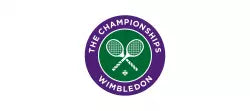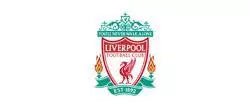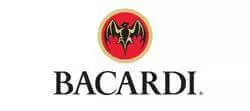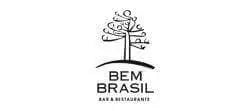What is Menu Engineering? You Complete Guide Restaurant Guide For 21/22
Any restaurant owner wants their restaurants to be a success, and maximizing profit is key to this. Menu engineering is a concept that’s been around for a while now, but has recently gained in popularity. It divides a menu into three areas; headliners, number twos and threes, and premiums. Since adding the category of “number twos and threes” it has become even easier for menu engineering strategies to be put into practice (check out choosing a restaurant menu cover).
The process of menu engineering for each item in a menu can be time-consuming, and there is likely to be limited information available for comparison. This makes the process more difficult and you may not always know how similar items have performed in the past. You could also find that due to the number of items on your menu or type of cuisine, it will end up taking too much time and more than likely will not return a large amount of information.
Menu engineering can be used in many ways. For example, if there’s an item on the menu that is unprofitable, but serves to upsell a ‘better’ version of the same dish, it could simply be moved to a less-visited section in the menu. This might involve changing the colour of the text or putting it slightly lower down the page (we also have a great restaurant opening checklist).
Why Do I Need Menu Engineering?
Most enterprises in the hospitality business, especially restaurants, will benefit from menu engineering. It works on practically any menu, including digital menus, drink menus, and of course the specials boards.
The primary objective for menu engineering is to boost the profitability of your companyrestaurant through more sales.
It enables you to persuade people to buy what you want them to buy without them even realising it. And the meals with the largest profit margins are the ones you want customers to buy.
You should also concentrate on determining the cost of various menu items. This comprises all necessary ingredients as well as expenditures paid throughout the manufacturing and serving operations. As a result, menu engineering should be a big element of your businesses' cost and profit management.
#1 Star for high profit and high polarity
These are winning things! They should be kept. You may even contemplate a little price hike on your next menu rollout, which, out of all four categories, will have the most impact on your bottom line owing to their high popularity and profitability.
#2 Puzzle for modest popularity, they make a lot of money.
Puzzles are the goods that you wish you could sell more of since they generate revenue for you. To enhance sales volume, consider promoting or rearranging certain products on the menu, or incorporating them into a campaign. Guests will not order an item if the description on the menu is not tempting enough. Which one appeals to you the most?
#3 Dogs have poor popularity and a poor profit margin.
Every day that you keep dogs on your menu, you're throwing money away. These must be recognised and quickly removed from the menu. Whether it's your chef's distinctive dish or a staff favourite, if your visitors aren't ordering it and it's too expensive to prepare, it's time to get rid of it.
#4 The plough horse for high popularity but a poor profit margin.
You know how to market these things, but owing to their poor profitability, you should consider reformulating them to increase margin. This can be accomplished by raising the price, changing the ingredients, changing the portion size, or doing all of the above.
Final Thoughts On The Restaurant Menu Engineering Matrix
Menu engineering is a continuous process, not a one-time event. It's a never-ending process. Ingredients become more costly as time passes, gastronomic fads come and go, and guest tastes shift. At that way, maximum profitability in a restaurant is a shifting objective, but it's not impossible to accomplish. You'll create bottom-line profit faster than any other endeavour if you let your menu work for you, and you'll spare your whole staff from future frustration.
Reading our menu design for cafes tips.
